Search
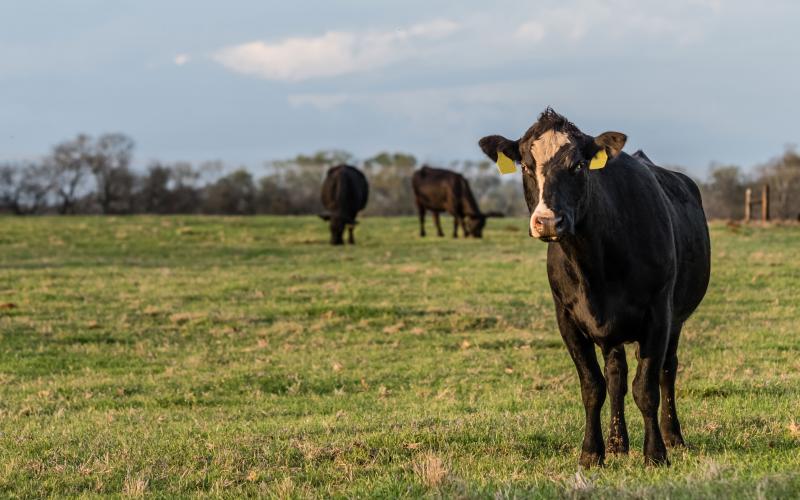
Drought Management Tips for Beef Cattle Producers
Fact sheet with tips for Beef Cattle Producers for Drought Management
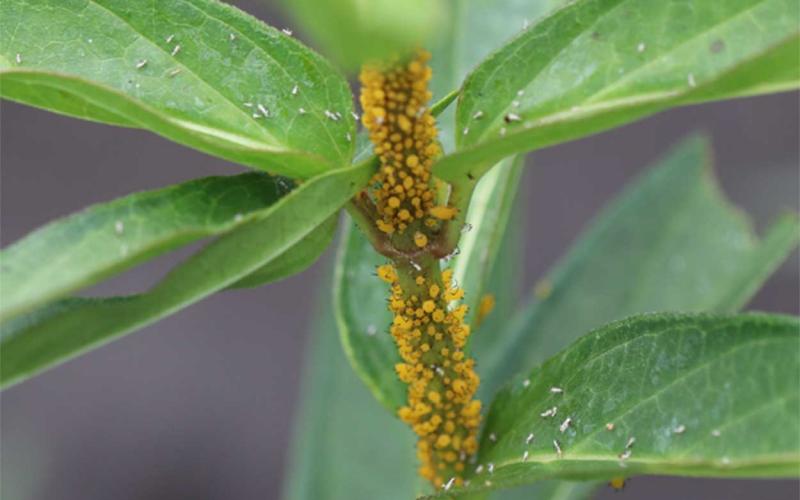
Are Aphids on Milkweed Really a Bad Thing?
This year, we’ve noticed large populations of aphids on swamp milkweed plants and we’ve identified them as the oleander aphid (Aphis nerii), which is sometimes referred to as the milkweed aphid.
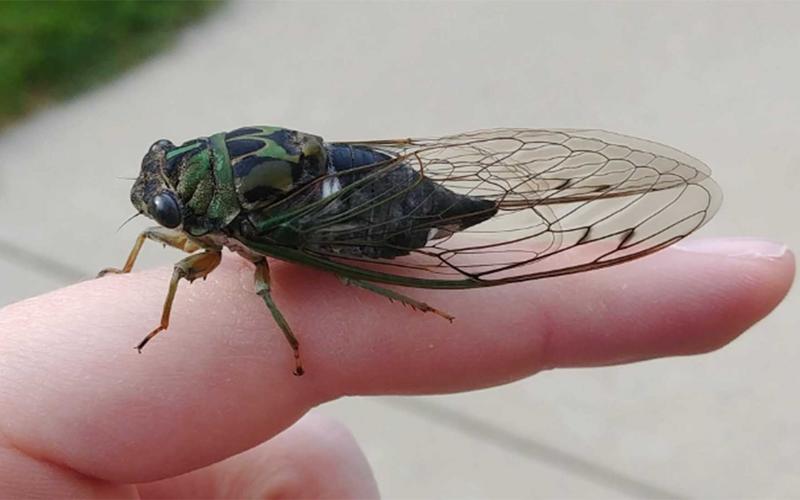
What’s Buzzing in the Trees?
Each summer we hear a droning buzz that comes from the trees. Many residents of South Dakota attribute this noise to locusts. But that isn’t what is making the buzzing sound! The insects responsible for the buzz are actually called cicadas
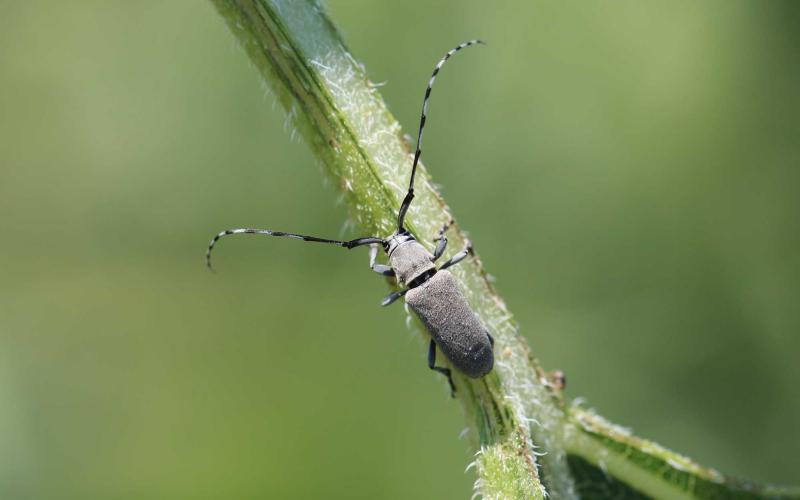
Will Dectes Stem Borers Be an Issue in 2020?
Every year, there is a risk that sunflower in South Dakota will be infested by Dectes stem borer larvae. At this point in the season, adults are active, and females have likely been laying eggs in sunflower plants.

Watch Sunflowers for Grasshopper Defoliation and Flower Feeding
Grasshoppers continue to be an issue in some areas of South Dakota. The hotspots seem to be along the Missouri River, but it is a reminder that everyone should be monitoring their crops for grasshopper feeding.
South Dakota Plants to Know: Purple prairie clover
The purple prairie clover (Dalea purpurea) is in bloom right now at the Prairie Butterfly Garden and each clump is abuzz with bumble bees, honey bees, and other pollinators. Not only is this native perennial highly attractive to pollinators, but it is also drought tolerant and deer resistant making it a hardy choice for your garden.

Crazy Top Disease Developing in Corn
Crazy top disease was observed in a few fields in the Southeast counties in the state. This disease develops in corn that is flooded or under full water saturation when corn has not reached the four-to-five leaf stage.
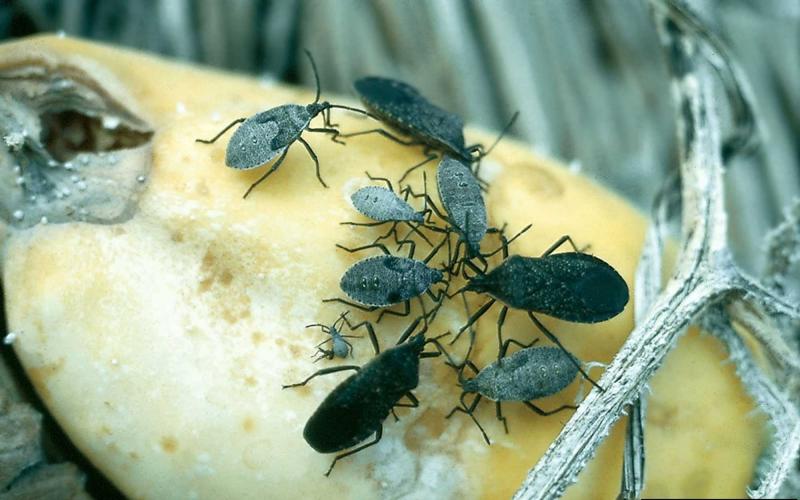
Squash Bugs Are Active and Ready to Kill Your Plants
Squash bugs are a headache for gardeners almost every year in South Dakota. As their name implies, squash bugs feed on squash along with many other cucurbits. Injury caused by extensive feeding appears as wilting and may result in the death of infested plants.

Goss’s Bacterial Wilt and Blight Developing
While out scouting corn fields (the week of August 11, 2020) Goss’s bacterial wilt and blight was found starting to develop in a number of fields.

Volunteer Winter Rye Could Be a Source of Ergot in Your Wheat
A few wheat fields scouted this summer were found with volunteer rye infested with ergot. Volunteer rye, in addition to being a weed, can be a source of ergot, which is a concern for winter wheat producers.